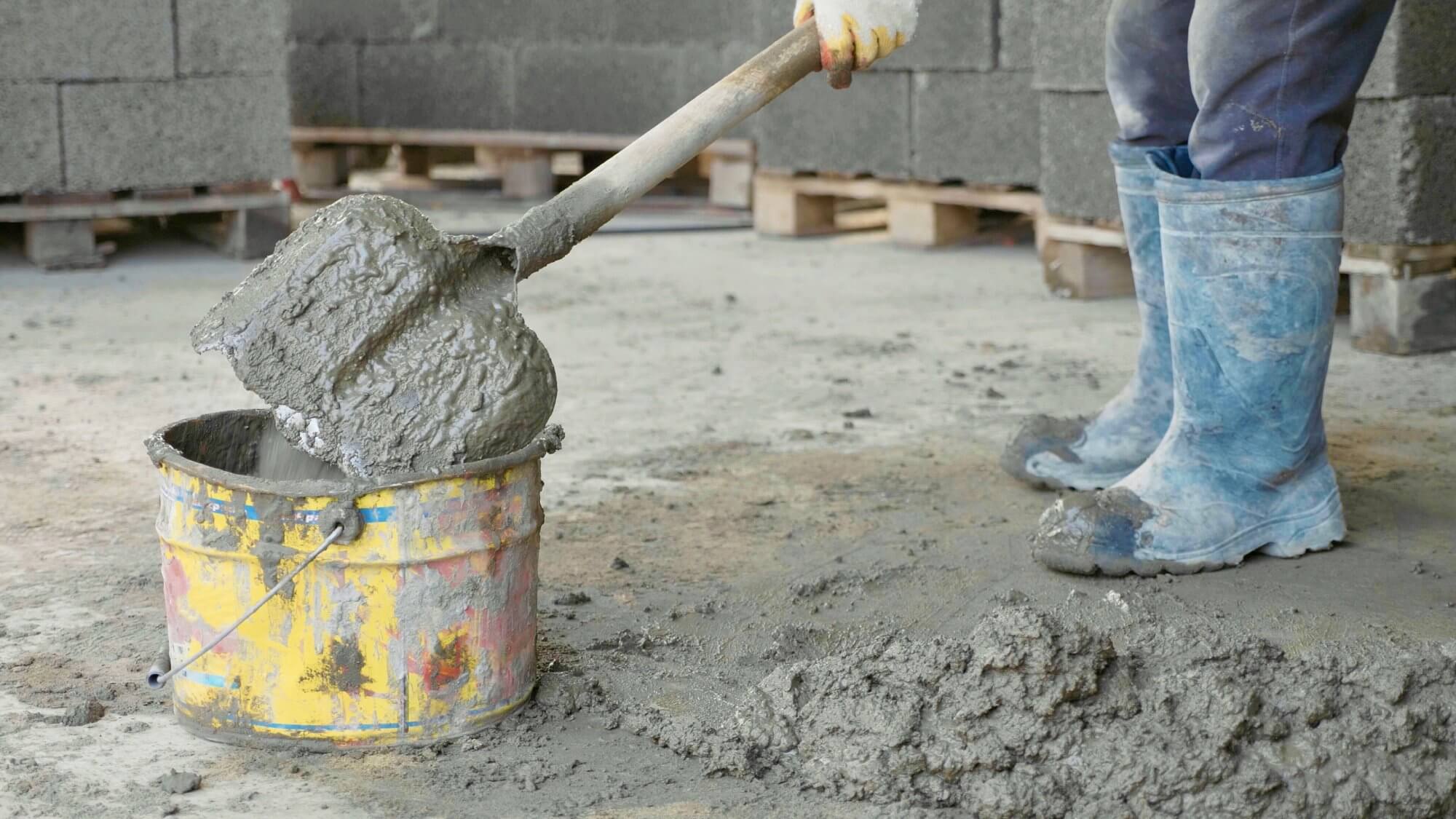There’s something about summer that gets people into DIY mode. And fair enough — longer days, clear skies, and a few days off work feels like the perfect time to tackle that driveway, slab, or patio job you’ve been putting off.
But as someone who’s worked with concrete for over 15 years across the Gold Coast, Brisbane, Tweed, and Northern NSW, I can tell you: summer is also the season where I see the most concrete jobs go wrong.
Hot weather, humidity, wind and poor prep can all lead to cracks, rapid curing, surface failures — and a lot of wasted time and money. So here’s a heads-up on the five most common mistakes I see DIYers make during summer, and how you can avoid them.
1. Pouring Concrete During Peak Heat
This is hands down the most common mistake.
Midday in a Queensland summer? Your slab doesn’t stand a chance.
Concrete begins to set way too fast in high temps, which causes:
- Cracks
- Surface dusting
- Weak spots
- Flash curing (sets on the surface but stays soft underneath)
You’ve got a short working window, and if you’re not quick and precise, your slab won’t cure evenly — and it won’t last.
What to do instead:
- Start pours early in the morning, before the sun’s at full strength
- Avoid days over 30°C if you can
- Use additives or retarders designed for hot weather if needed
2. Not Using Shade or Water Control
Concrete needs to stay moist to cure properly. And in the summer heat, it dries out too fast, especially if you’re not taking steps to protect it.
I see a lot of DIYers skip shade cloths or don’t keep the surface damp — and the result? Cracking, curling, and surface shrinkage.
What to do:
- Use shade cloth or tarps during and after pouring
- Mist the surface lightly with water for the first few hours of curing
- Use plastic sheeting or curing blankets to hold in moisture
Remember: curing is a slow process — if your concrete dries before it cures, you’ll get a weaker slab.
3. Not Planning for Wind and Evaporation
Here’s one most people don’t think about: wind speeds up surface evaporation even more than direct sunlight. I’ve had jobs where everything looked perfect until a coastal breeze sucked the moisture out mid-finish.
Even on cooler days, dry wind can mess with your surface, leading to:
- Crusting (top layer sets faster than the bottom)
- Plastic shrinkage cracks
- Finishing too soon or too late
What to do:
- Check the wind forecast before pouring
- Use wind breaks or barriers if you’re in an open area
- Keep a water sprayer on hand and work quickly
4. Skipping Control Joints
This one’s a silent killer. Concrete will crack — the trick is getting it to crack where you want it to.
Control joints are shallow cuts or grooves made into the slab to help control where cracks happen. Skipping them is like ignoring a ticking time bomb — especially in summer when temperature swings can be huge.
What to do:
- Plan your control joints ahead of time (every 2.5 to 3 metres is a good rule)
- Cut them within 24 hours of pouring
- Make sure they’re at least ¼ the depth of your slab
Trust me, adding a few neat joints is a lot better than watching your slab crack randomly two weeks later.
5. Not Asking for Help When You Need It
Concrete is unforgiving. Once you start mixing, the clock is ticking — and summer gives you even less time to get it right. I’ve had plenty of DIYers call me after a job’s gone pear-shaped asking if I can “fix” it.
Sometimes I can. But often, it means ripping it up and starting over.
My advice: If you’re not 100% confident — or if the job’s bigger than a few square metres — call in a local crew that knows how to handle QLD conditions. You’ll save time, stress, and money in the long run.
Final Thoughts
Concrete is tough stuff — but it’s also a bit of a diva when it comes to heat, moisture, and timing. If you’re taking on a summer project, be smart about it. Plan it right, protect your pour, and give it the care it needs to cure strong.
And if you need advice or want the job done properly the first time, I’m always happy to come take a look.

